The Haddock is a species of fish in the Gadidae family. Other members of the family include cod, pollock, whiting, and more. Like other members of the Gadidae family, this species is important in commercial fisheries and local economies. Read on to learn about the Haddock.
Description of the Haddock
You can distinguish this species from other members of the Gadidae family by its pointed dorsal fin, which superficially resembles that of a shark. It has dark colored scales on the upper portion of its body, and lighter colored scales on its sides and underbelly.
On average, this species measures about 15 – 28 in. long and weighs between 2 and 4 lbs. or so. However, the largest recorded individual measured 37 in. long and weighed 24 lbs.
Interesting Facts About the Haddock
These fish have a number of interesting traits and adaptations. Learn more about what makes them unique, below.
- Fishery – Commercial fisheries target this species as a source of food. Because they live in similar habitats, fishermen often catch this species with whiting, cod, and other bottom-dwelling fish.
- This Fish as Food – People prepare and sell the meat of this fish in a number of ways. You can buy this fish fresh, dried, frozen, or smoked. People compare the meat of this fish to the related cod.
- Finnan Haddie – People often prepare this fish as “Finnan haddie,” which comes from the town of Finnan, Scotland. They cold-smoke the fish, and then poach it in milk as a breakfast food.
Habitat of the Haddock
This species prefers demersal habitats, or habitats along the bottom. They live primarily in saltwater, and do not range into freshwater ecosystems. You can find this fish in coastal regions, and they live in waters as deep as 1,400 ft. However, most members of this species live primarily around 260 ft. deep.
Distribution of the Haddock
You can find this fish throughout the Northern Atlantic Ocean. Though they live on both the eastern coast of North America and along the coasts of Europe, this fish has much higher populations in European waters, particularly in the English Channel. In the western Atlantic, this species ranges from the coast of North Carolina up along the coast of Canada.
Diet of the Haddock
The diet of this species varies based on the age of the fish and the population. Younger fish feed on smaller prey, like plankton, krill, copepods, fish larvae, and more. As they grow, they begin feeding on small fish and other larger prey. Some common prey items include sand eels, herring, hake, capelin, worms, sea urchins, and more.
Haddock and Human Interaction
Humans interact with this species quite frequently, as this fish is an important commercially fished species. In some regions, overfishing impacts their overall populations. The IUCN list the species as Vulnerable. In addition, trawler nets destroy their preferred habitat. While trawling, fishermen drag the nets along the bottom, scooping fish and damaging the habitat in the process.
Domestication
Humans have not domesticated this species in any way.
Does the Haddock Make a Good Pet
No, you wouldn’t want to keep this fish as a pet. It grows too large to easily house in a home aquarium.
Haddock Care
Public aquariums often house this species alongside similar fish, like cod. They keep the fish in schools, as they have social behavior and prefer living in groups. The aquarists house them in large saltwater tanks with plenty of space for multiple fish and different species. Their diet typically consists of herring, squid, capelin, smelt, and other seafood.
Behavior of the Haddock
This fish spends its time foraging along the seafloor. Researchers have not extensively studied their behavior. However, they believe the fish forage in groups along the seafloor, as they often consume the same prey. Some populations undergo migrations during the breeding season.
Reproduction of the Haddock
These fish reproduce via spawning. The females release their eggs and the males fertilize them outside of the body. Larger females produce more eggs than smaller females, ranging to a million eggs or more. The eggs float freely in the water until they hatch after a period of two or three weeks.


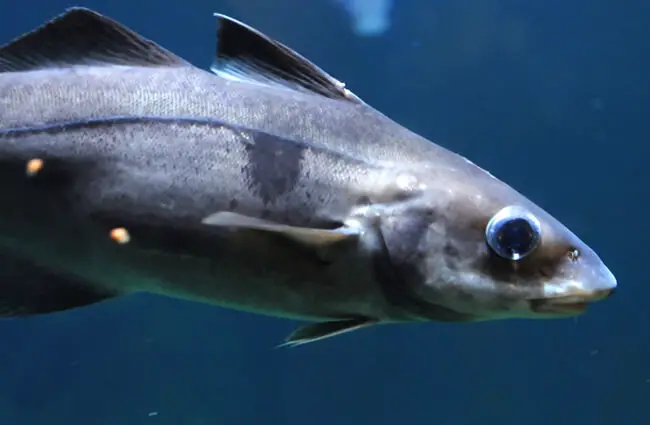

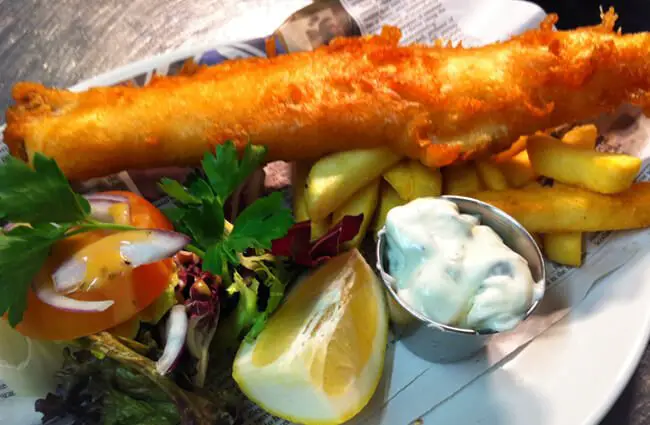
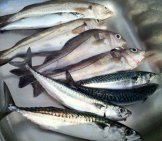
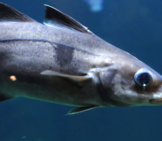

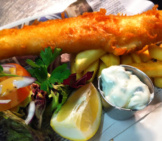
![Red Angus Closeup of a beautiful Red Angus cowPhoto by: U.S. Department of Agriculture [pubic domain]https://creativecommons.org/licenses/by/2.0/](https://animals.net/wp-content/uploads/2020/03/Red-Angus-4-238x178.jpg)












![Red Angus Closeup of a beautiful Red Angus cowPhoto by: U.S. Department of Agriculture [pubic domain]https://creativecommons.org/licenses/by/2.0/](https://animals.net/wp-content/uploads/2020/03/Red-Angus-4-100x75.jpg)

